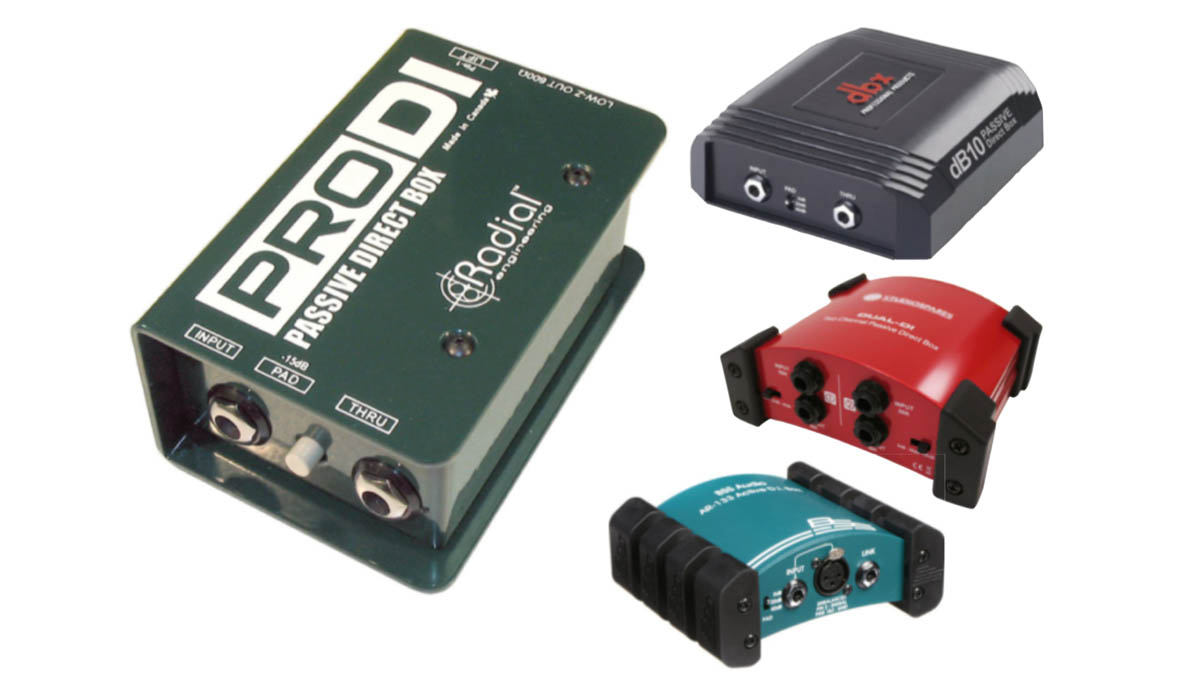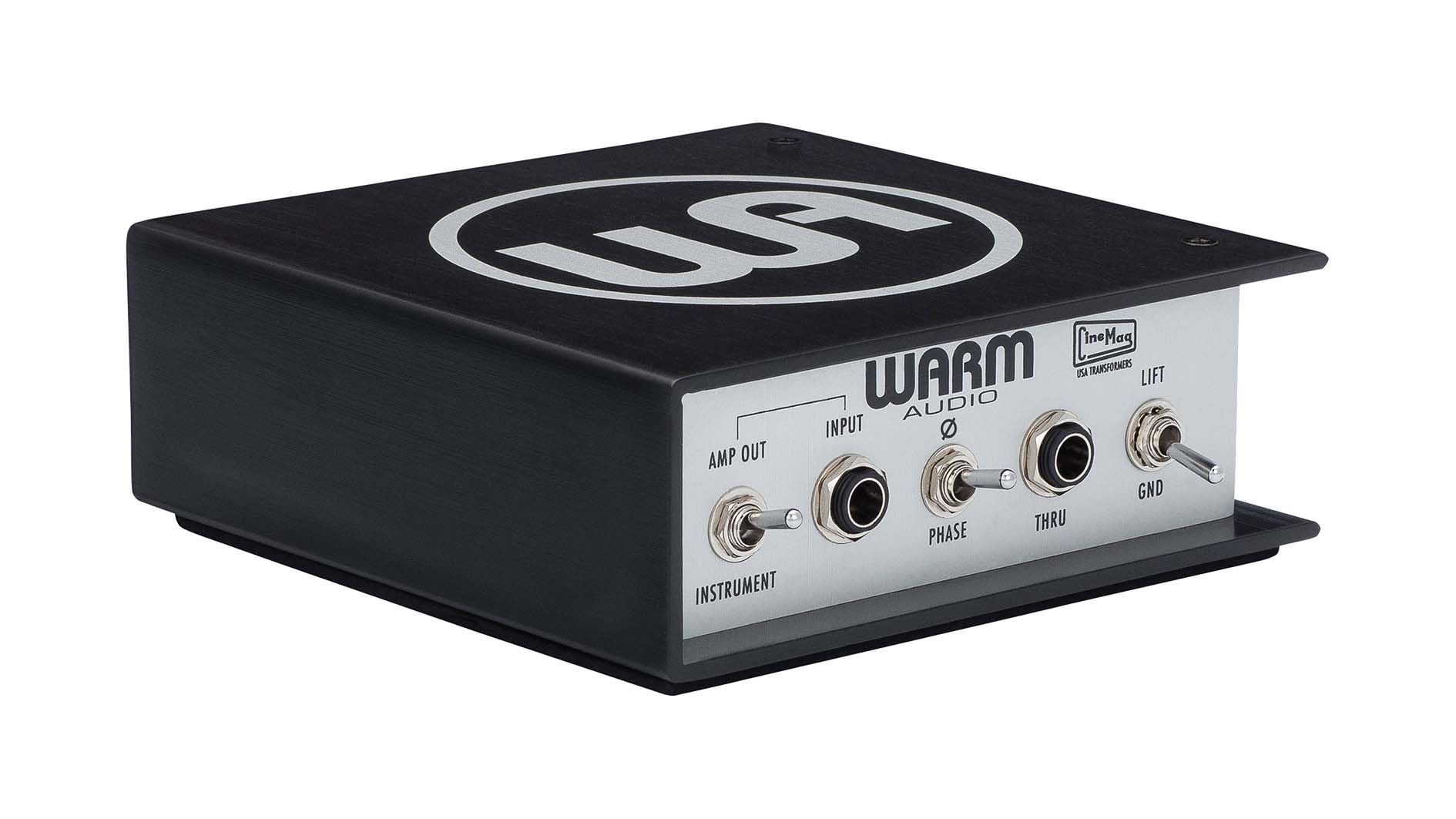How to use a DI box on bass guitar
Humble, practical, necessary... The DI box might not be the most romantic tool at your disposal but few are more practical

Hello once again, and thank you for your kind comments regarding my column! Today, we move on from our effects pedals round-up, to probably one of the most useful, yet overlooked, devices in our arsenal – the humble DI box.
What is DI anyway?
Well, DI stands for Direct Injection, used when we need to take a signal from one device and make it compatible with another. Think of it as an electronic version of one of those super-useful audio adaptors we always seem to need, transforming electrical signals.
Most DI boxes feature something called a Balanced Line Driver, which sends our output to a corresponding Balanced Line Receiver on a mixing desk, recorder or PA system.
In other words, a DI box sends our bass signal along a cable to a mixing desk or whatever?
Yes, and what’s more, there are passive and active versions of DI boxes. Each of these has its advantages and disadvantages.
The passive version doesn’t include any amplifying technology and doesn’t need a power source, so it might not work that well with instruments that have a low output level. My advice is to go with a high-quality active DI, unless you can’t power it.
Fine. I've got an active DI box. What the hell do all those switches do?

Input Level, Pad or Gain DI Boxes: Sometimes incorporate a switch to attenuate the input level should the signal be particularly high. Active versions may offer a gain boost.
Phase Switch: Used to flip the audio phase if there are problems encountered with mixing multiple signal paths from the same instrument.
Parallel, Pass Through: Sometimes the DI box isn’t the end of a signal chain and we need to continue the unbalanced input signal path on to another device. This ‘daisy chain’ output facilitates this.
Phantom Power: An active DI box can be powered remotely by a mixing desk or recorder, or a DI receiver such as that found on a computer audio interface.
Cab Sims: I have a pair of DI boxes that incorporate a switchable simulation of a mic’ed-up cabinet. This is useful where mic’ing up a real speaker cabinet is not possible but when you still need to present an engineer with a balanced DI signal.
Ground Lift: This switch can safely help to break an earth loop, which is often a cause of mains noise getting into a signal path. In the past, venues, techs or musicians would remove the earth pin in the mains supply to fix the problem. Don’t do this. Please.
XLR Socket: Three-pin connectors invented by James H. Cannon. The output of a DI box features male XLR connectors, while the input of a balanced line receiver, such as that of an audio interface, has female XLR connectors.
Next month, we’ll have a look at what happens when we install a DI circuit inside a pedal, processor, amplifier, or other piece of hardware such as an audio interface.
Get The Pick Newsletter
All the latest guitar news, interviews, lessons, reviews, deals and more, direct to your inbox!
“There are so many sounds to be discovered when you get away from using a pick”: Jared James Nichols shows you how to add “snap, crackle and pop” to your playing with banjo rolls and string snaps
Don't let chord inversions bamboozle you. It's simply the case of shuffling the notes around







![Joe Bonamassa [left] wears a deep blue suit and polka-dotted shirt and plays his green refin Strat; the late Irish blues legend Rory Gallagher [right] screams and inflicts some punishment on his heavily worn number one Stratocaster.](https://cdn.mos.cms.futurecdn.net/cw28h7UBcTVfTLs7p7eiLe.jpg)


